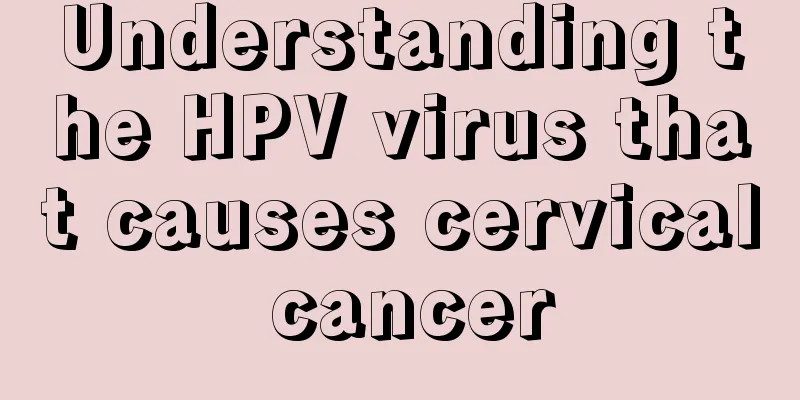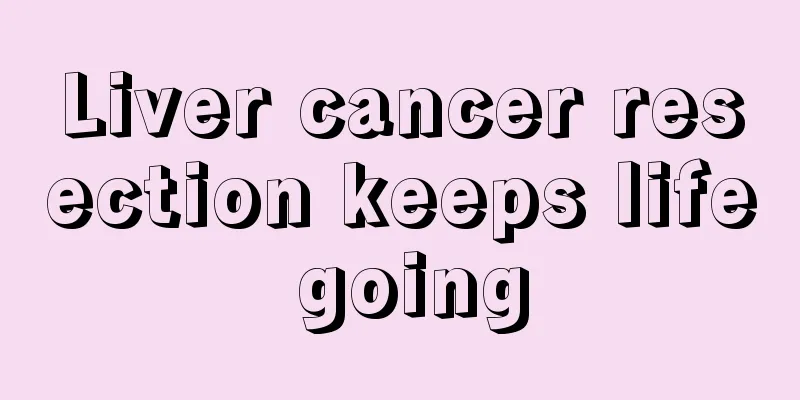What to do about congenital ptosis?

|
Congenital ptosis is a common clinical disease, which has a great impact on the patient's physical and mental health. Clinically, congenital ptosis is mainly divided into two types: complete and incomplete. If congenital ptosis is not treated in time, it is likely to induce complications, such as amblyopia. Therefore, we should follow the principle of early detection and early treatment. So what should we do about congenital ptosis? 1. The only treatment for congenital ptosis is surgical correction. The timing of surgery varies depending on the severity of the disease: severe ptosis must be corrected surgically as soon as possible to avoid affecting visual development; if the degree is mild or moderate, the degree of both eyes is similar, the pupils are not covered, and amblyopia is generally not caused, then the surgery can be appropriately delayed, or the patient can wait until adulthood to undergo surgery under local anesthesia. Since the levator palpebrae superioris muscle can partially develop with age after birth and alleviate the symptoms, the surgery should be scheduled after the child is 3 to 5 years old. Some conservative treatments can be taken before the surgery to avoid amblyopia. In addition, if the child's psychological development is taken into consideration, the surgical time can be appropriately advanced for mild to moderate ptosis. Some situations are not suitable for surgery. For example, if the patient has paralysis of the adductor eye muscles and the eyeball cannot turn upward when the child closes his eyes (Bell phenomenon does not exist), exposure keratitis is likely to occur after surgery, and surgery should be performed with particular caution. 2. Surgical Method Surgical methods are mainly divided into two categories. One is incomplete ptosis, which can be treated with levator palpebrae superioris muscle strengthening surgery, including levator palpebrae superioris muscle shortening, levator palpebrae superioris muscle folding, and levator palpebrae superioris muscle advancement surgery. The other is complete ptosis, in which the levator palpebrae superioris muscle itself has no motor function and can only use the frontalis muscle to complete the eyelid lifting movement. This type of surgery includes substitute suspension surgery, frontalis muscle flap suspension surgery, etc. 3. Disease prognosis Generally, there will be varying degrees of regression in the long term after surgery. The more severe the ptosis, the more obvious the regression will be, as it will require the use of substitutes for frontalis muscle suspension. Therefore, the surgeon will generally perform appropriate corrective surgery based on the patient's condition to ensure long-term results. However, overcorrection often results in blinking and eye closing disorders in the short term after surgery. In short, when faced with an eye with developmental defects in the eyelid motor muscles, no current surgical method can perfectly solve its own shortcomings. The choice of surgical method and amount of surgery are all about finding a balance between balancing the surgical effect and reducing the risk of complications. Patients should have an objective understanding of this. |
<<: Frequent muscle twitches? Be sure to read these daily preventive measures
>>: What are the treatments for sequelae of cerebral hemorrhage?
Recommend
Review cycle after chemotherapy for ovarian cancer
How long is the follow-up period after chemothera...
Can small cell lung cancer be cured?
Diseases like small cell lung cancer have frequen...
Where can I get dehumidifying moxibustion
There will be some moisture in people's bodie...
What are the symptoms of advanced lung cancer? If there are 3 symptoms of lung cancer, it means it is in the advanced stage
Many diseases often have no obvious symptoms in t...
Eight causes of chest and back pain
In daily life, we often encounter some sudden pai...
Let me introduce you to the mid-term symptoms of bone cancer
Bone cancer can be divided into early, middle and...
How to eliminate fleas and what medicine to use?
Fleas often appear in households, and are easily ...
Do you know what the staging criteria for gallbladder cancer are?
Gallbladder cancer is one of the malignant tumors...
Why do women get cervical cancer? What should women do if they have cervical cancer?
Why do women get cervical cancer? Cervical cancer...
What can be used to wash off dried blood stains
In daily life, the clothes we wear or the sheets ...
Three-level prevention measures for endometrial cancer
Living in this economically prosperous world, our...
What's wrong with lying down all day?
When not at work or school, many people like to l...
How long can a person with cerebral infarction live without eating
Many people don’t know how long a person with cer...
How to treat underarm odor with ginger
In addition to its therapeutic effects, ginger ha...
How long can one live with stomach cancer
There is actually no absolute answer to the quest...









